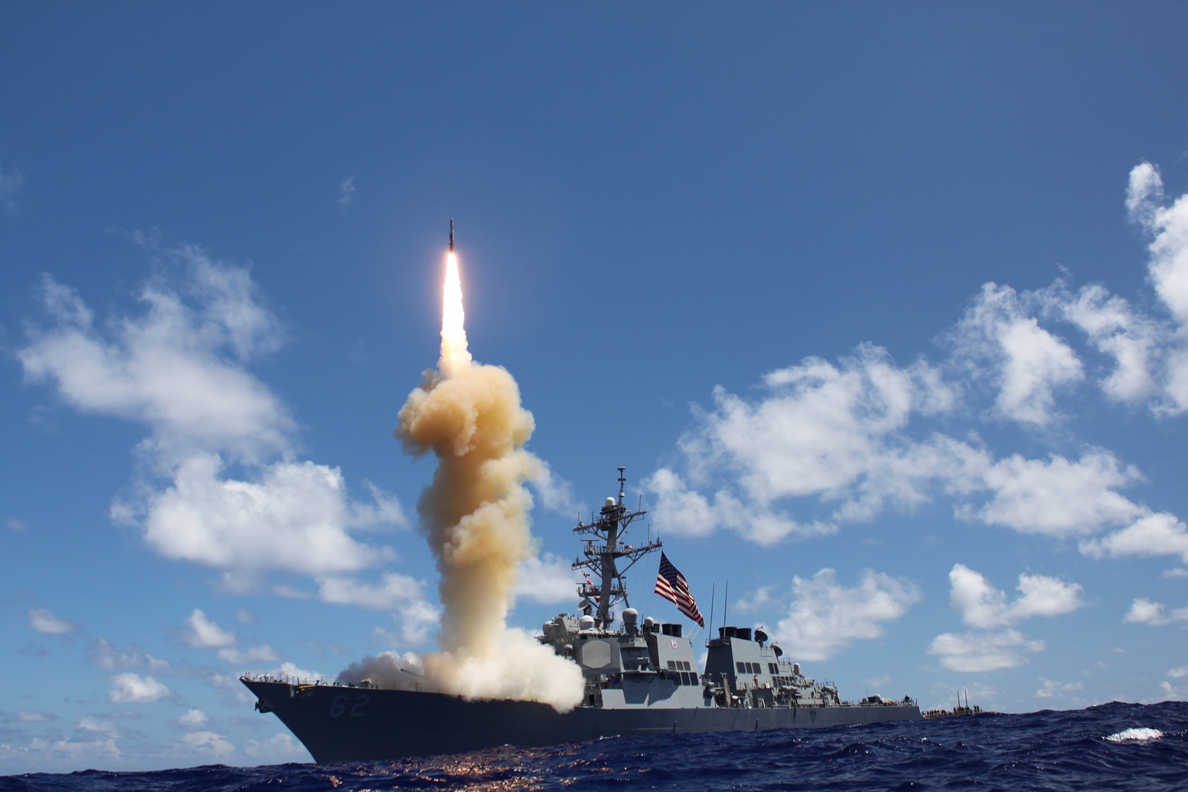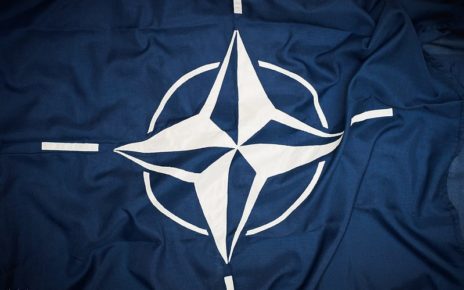On April 8th, 2024, Prime Minister Justin Trudeau announced a new federal investment plan in defence spending for the 2024 federal budget. The “Our North: Strong and Free” defence policy update proposed to raise Canada’s defence spending-to-GDP ratio to 1.76% by 2029-30, amounting to $8.1 billion over five years, and $73 billion over 20 years, in new defence investments. But Trudeau’s plan still fails to hit the 2% GDP defence spending “floor” reiterated by NATO in 2014 in response to Russia’s annexation of Crimea and recently reinforced at the 2023 NATO summit in Vilnius. That minimum also includes a mandate to spend 20% of the budget on new defence equipment. According to the CBC, that still leaves Canada $6-$7 billion short of its NATO commitment. With Russian aggression on the rise, the conflict in Ukraine continuing, and a high-stakes Indo-Pacific theatre, where does that leave Canada and its role within NATO?
History of Defence Spending in Canada
Canadian defence spending declined from 1986 to 2014 and has been below 2% of its national GDP since 1989. Partially due to a reassessment of what constitutes “defence” spending by NATO in 2017, such as including veterans’ benefits in the tally, Canada’s spending increased by $7 billion compared to 2016. In 2023, Canada only contributed 1.33% of its GDP to defence spending. According to the NATO Secretary General’s Annual Report for 2023, that put Canada towards the bottom on both “defence expenditure as % of GDP” and “equipment expenditure as % of defence expenditure” (this data does not include Sweden, which joined in 2024). Despite Canada increasing its defence spending for the 10th consecutive year in 2024, it still misses the 2% benchmark. Yet, Canada ranks as the seventh largest defence spender in NATO, and fourteenth largest globally, in absolute terms.
Why Canada Struggles With Defence Spending
A salient issue when it comes to Canada’s defence spending and hitting that 2% minimum is the sub-optimal state of the Canadian Armed Forces (CAF). According to the Department of National Defence (DND), the CAF is short 16,000 personnel. This represents a shortage of around 8,200 members in the regular forces and 7,800 in the reserves. The decline in public relevance of the CAF has left key positions, such as medical officers, naval operators, and aviation specialists, unfilled. Currently, only 58% of the CAF is equipped to respond to a potential NATO crisis, and nearly half of the CAF equipment is “unavailable and unserviceable.” The Royal Canadian Air Force is in the worst shape of the three services, with 55% of its equipment considered unserviceable. The DND cites “people shortfalls,” including in technical and logistical support, and “funding shortfalls,” such as for ammunition and equipment repairs, as major challenges that have beset the CAF in the last decade. Canada has also put its pilot training squadron on hiatus and transitioned the program to overseas programs in Finland and Italy. Despite being the gateway to the Arctic, with an increased Russian threat, Canada’s Navy only maintains four Victoria-class submarines, with a solitary one in use since 2021.
All this paints a picture of a dilapidated CAF that will take immense restructuring and more money to reconstitute than the current federal government is willing to shell out. Canada’s current defence policy structure focuses on replacement and maintenance, but with increasing costs and wear and tear, the ‘fix not replace’ strategy is failing to maintain an adequate fleet of equipment and personnel. The significant rise in inflation post-COVID has also put a strain on operational costs, such as fuel and necessary equipment upgrades to meet modern standards. In other words, “what appears over time to be a series of budgets is in fact a highly uncertain and iterative process that results in a predictable 50 percent of annual spending on fixed costs for personnel and other non-discretionary items like safety.”
This current caretaker approach towards defence spending also makes long-term planning and investment next to impossible. A lack of financial incentives and commitment from the federal government makes equipment research development challenging and inhibits larger-scale investments necessary to revamp the CAF. So while Canada may be “the seventh largest spender (in actual dollars) on defence in NATO,” its defence dollars are not being managed effectively or efficiently, nor are they sufficient to keep up with current inflationary pressures.
How Does Canada Turn It Around?
Meeting the 2% minimum of GDP spending would require an overhaul of Canada’s defence budget and CAF’s operational capacities by adopting a long-term strategy. This would necessitate long-term commitments to defence spending between successive governments and that the minimum benchmark be “treated as a recurring non-discretionary investment rather than a series of discretionary choices that often result in other non-defence interests being funded at the expense of Canada’s national security.” Defence spending will also need to be carefully balanced with economic recovery plans to reverse the effects of the COVID-19 economic crash and ensure long-term stability in funding. Reinvestment in neglected CAF infrastructure and personnel further needs to be prioritized to begin rebuilding defence capacities and encourage enlistment. Public perception of the CAF could also be boosted to increase support for defence spending, such as through education curricula, school workshops, job fairs, and by promoting affiliated organizations like the Cadet Program. A recent study found that public support for defence spending in Canada increased in 2023, with 75% of Canadians, “believe[ing] that Canada should increase its defense spending to ensure it can protect Canadian territory and sovereignty.” This is a rare, opportune disposition in the mood of the Canadian public that Ottawa should exploit.
However, the burden is not just on the Canadian government. The DND needs to consider ways to overcome cost inefficiencies and project delays by formatting long-term investment plans such as the Defence Procurement Strategy and the Defence Acquisition Guide launched in 2021. New technology investments, such as in drones and AI, may also help to overcome personnel shortages.
As the only NATO member without a concrete plan to reach the 2% of GDP spending benchmark, Canada needs to start rethinking its defence strategy. With increasing Russian foreign interference in the east and Arctic security concerns rising, Canada can no longer afford to neglect its defence.
Photo: “Members of the Canadian Armed Forces alongside soldiers of the British Army, Lithuanian Land Forces, and the Armed Forces of Ukraine stand on parade to celebrate the Day of the National Flag of Ukraine during Operation UNIFIER in the United Kingdom on August 23, 2023.” (2023) by MCpl Nicolas Alonso via Canadian Armed Forces.
Disclaimer: Any views or opinions expressed in articles are solely those of the authors and do not necessarily represent the views of the NATO Association of Canada.




